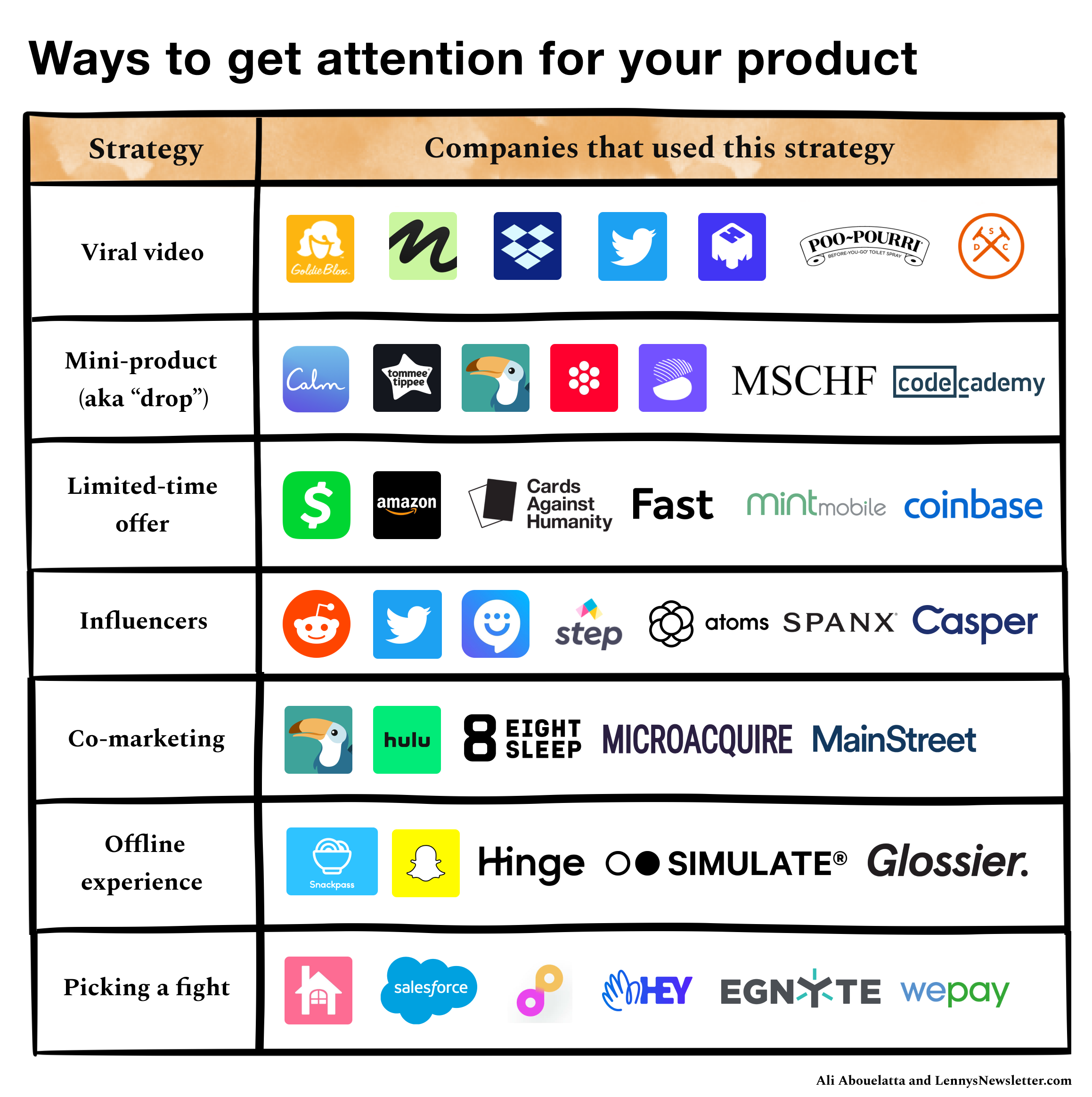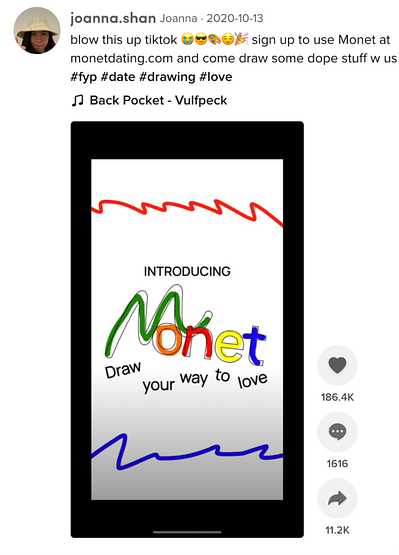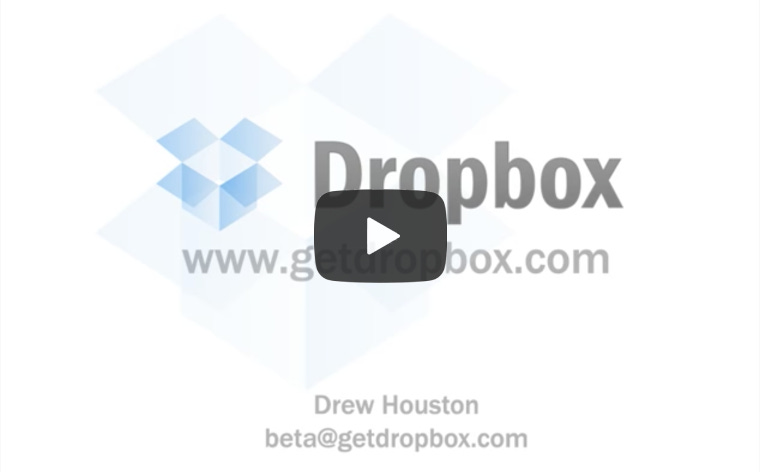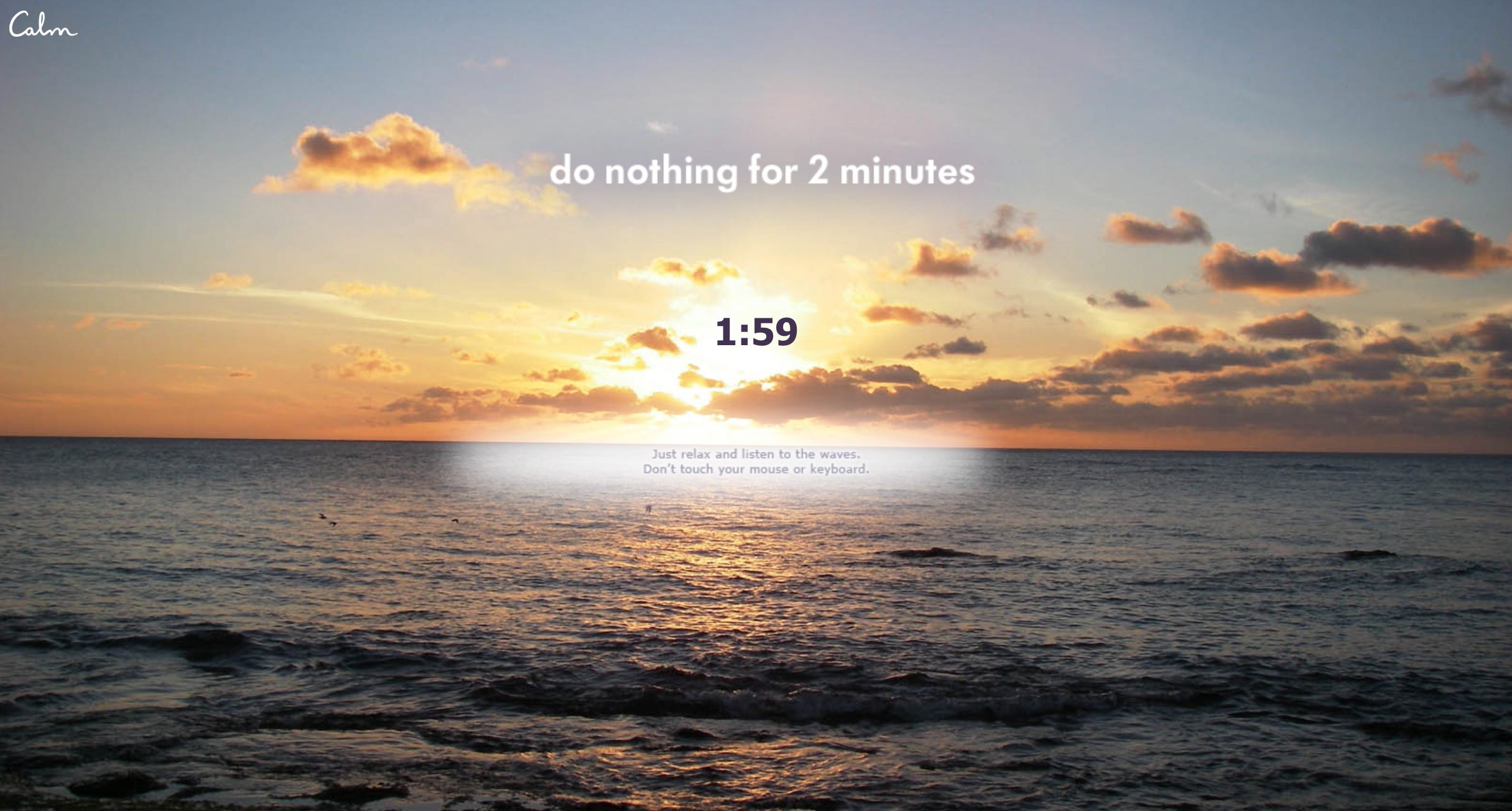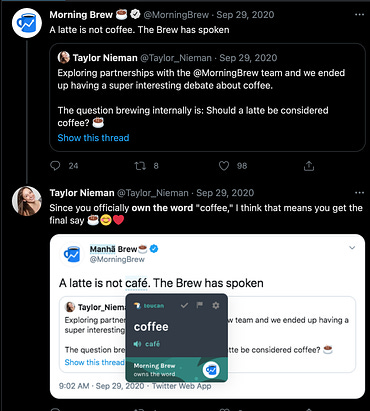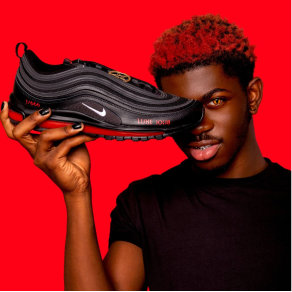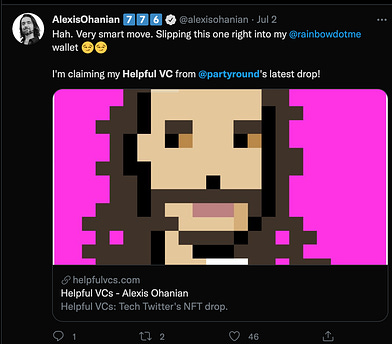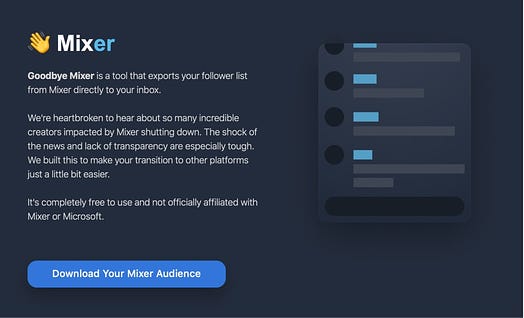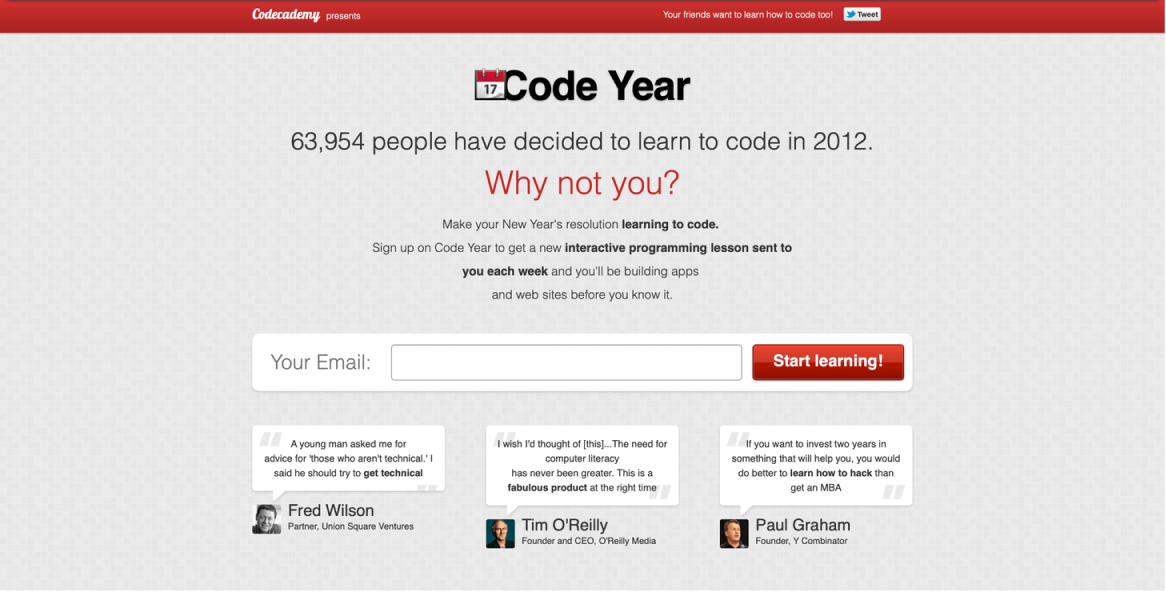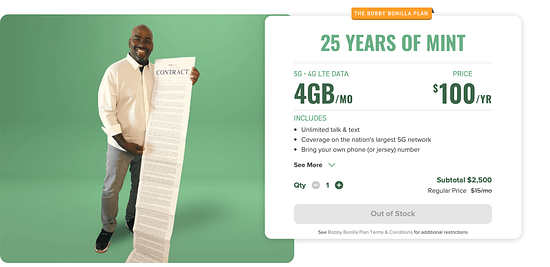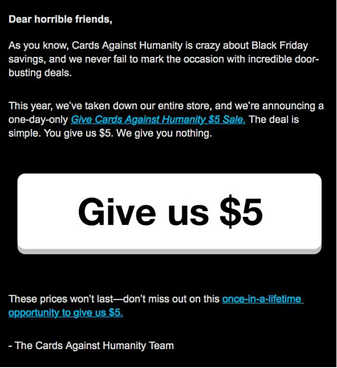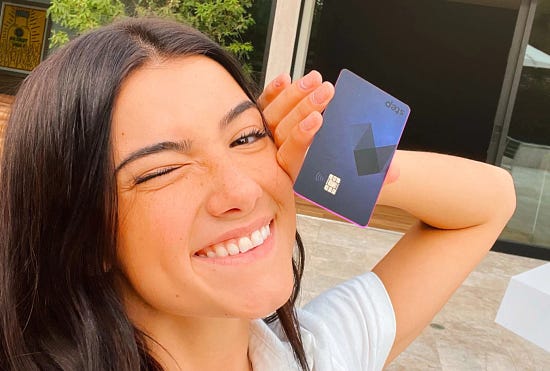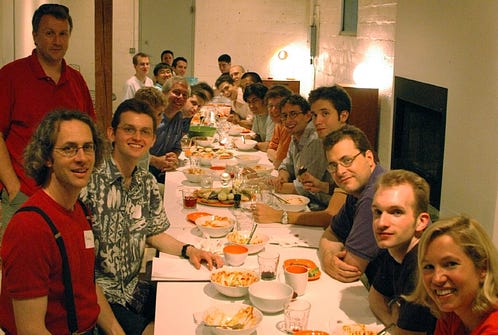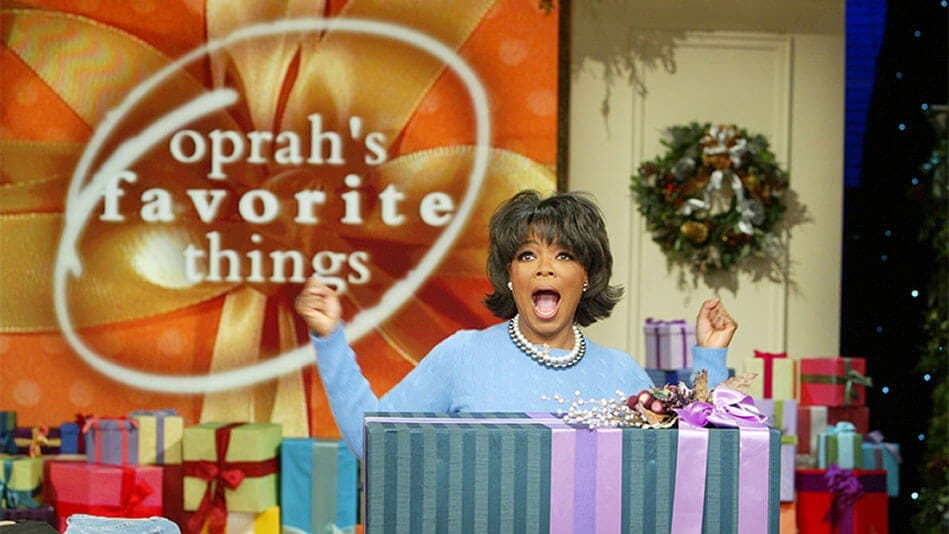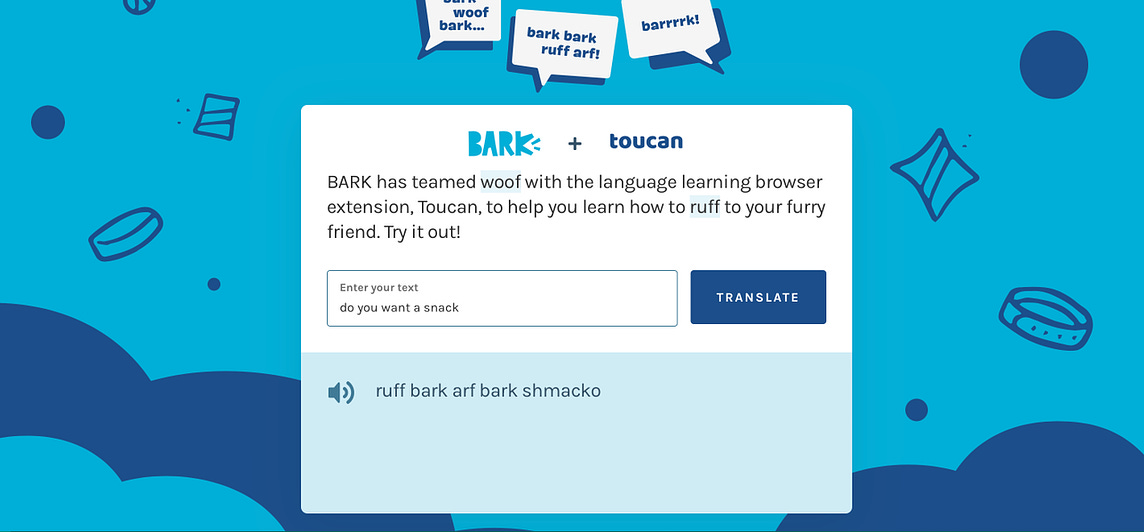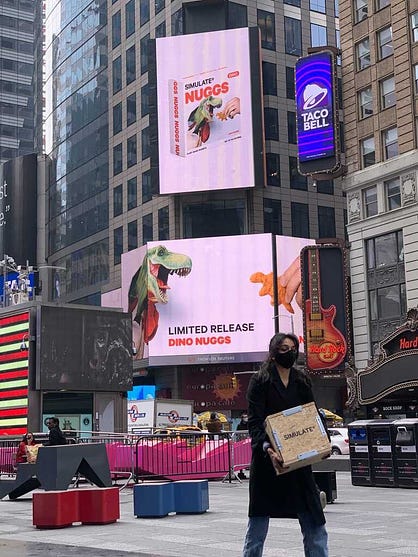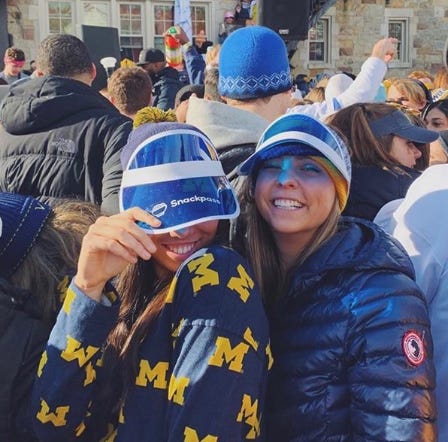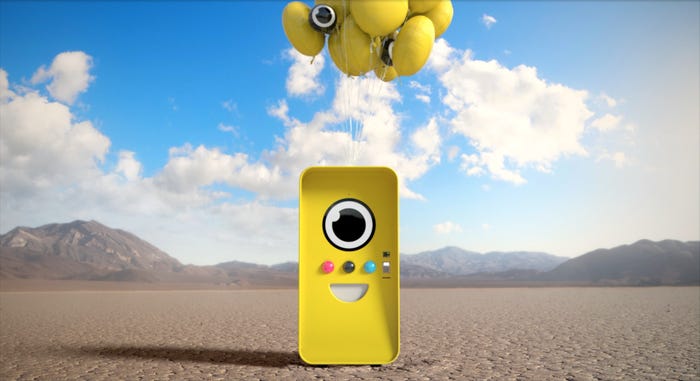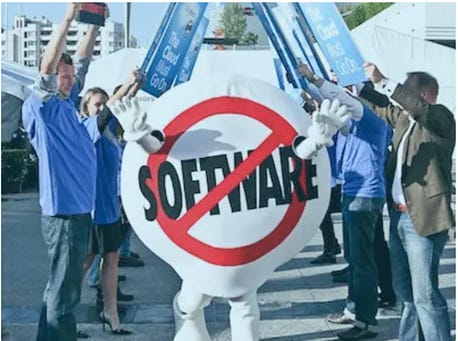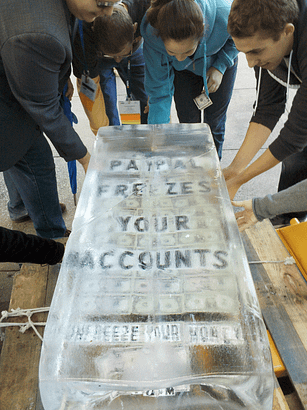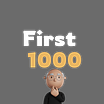Lenny's Newsletter - 60 ideas to boost your growth
60 ideas to boost your growthA motherload of growth inspiration by guest author Ali Abouelatta, creator of the First 1000 newsletter👋 Hey, Lenny here! Welcome to this month’s ✨ free edition ✨ of my weekly newsletter. Each week I humbly tackle reader questions about product, growth, working with humans, and anything else that’s stressing you out at the office. If you’re not a subscriber, here’s what you missed this month: (Also, my genius wife’s second book came out today! As one reviewer put it, “it feels like a hug from a friend, with charts!!” You can order it from Amazon, Bookshop, or your local bookstore.)
In The Racecar Growth Framework, Dan Hockenmaier and I wrote about how it’s helpful to think about your business like a high-performance race car—the same four components that help a car drive faster also help your business grow:
Your Growth Engines are the most important component to get right long-term (read why in the full post), but when you’re just starting out, Turbo Boosts—one-off events that accelerate growth temporarily—are incredibly valuable. Although they don’t have compounding value, they do bring in users (giving you a chance to learn what’s working), and they often help you kickstart your growth engine. To inspire your own Turbo Boost experimentation, I’ve pulled in Ali Abouelatta, the author of the excellent First 1000 newsletter, who spends much of his time investigating how today’s largest companies acquired their first 1,000 users. Leveraging all of his past research, Ali has pulled together the motherload of examples, which you’ll find below. I hope you find it as fascinating as I did. Enjoy! You can find Ali on Twitter, and definitely subscribe to his newsletter: First 1000. 60 ideas to boost your growthby Ali Abouelatta With so many businesses being created every year, standing out is only getting harder. Case in point—since Naval wrote the above tweet, the number of new business applications in the U.S. has almost doubled, from 2.58 million in 2012 to 4.35 million in 2020. To get people’s attention, you need to do something special. Something remarkable. And that’s where today’s post comes in. I’ve collected 60 examples of successful Turbo Boosts—one-off events that temporarily accelerate growth for companies large and small—to inspire you to come up with something special of your own. Broadly speaking, there are seven common types of Turbo Boosts—seven strategies to get a burst of attention for your product: Below, I’ll explore each of these strategies and share examples of how companies have leveraged each one. 1. Create a viral videoA video that tells your story, demos your product, or delights people so much that they can’t help but share it with their friends. GoldieBloxGoldieBlox’s launch video highlights its mission of making STEM toys more inclusive. The video received over 3 million views in the first 48 hours. 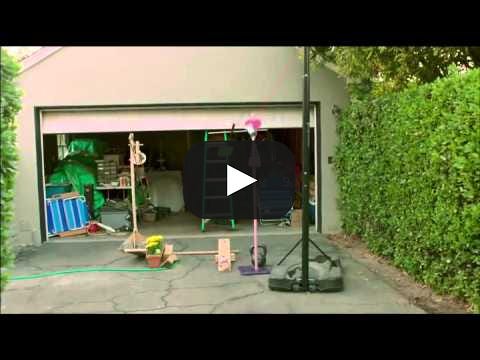 Distribution: PR (Business Insider, Los Angeles Times, Silicon Valley Business Journal, Time magazine) Why it worked: Surprise, mystery, and controversy. MonetMonet, a dating app where people match based on their drawings, got over a million views on its launch video. Distribution: TikTok Why it worked: Personal and different. DropboxDrew Houston released this demo video as part of his YC application for Dropbox. The video received over 500,000 views. Distribution: Hacker News and Reddit Why it worked: The product was impressive. This was the first Twitter product demo, back when it was called twttr. The video did not gain significant traction until Twitter resurfaced it in 2010.  Not all Turbo Boosts work :) Additional examples:2. Launch a mini-product, or “drop”Launch a non-core product offering that gets attention, which reflects attention toward your brand and/or core product. Calm: Do Nothing for 2 MinutesDonothingfor2minutes.com was the precursor to Calm. Visitors were asked not to move their cursor for two full minutes or the counter started over. The website received over 2 million unique visits and facilitated 100,000+ email captures in 10 days. Distribution: Hacker News, PR coverage, and social shares (from people who completed the challenge) Why it worked: Turned a problem (being constantly distracted) into a fun challenge. Tommee Tippee: Advice WipesTommee Tippee created Advice Wipes, limited-edition baby wipes made from recycled baby books and articles, launched as part of its U.S. expansion plan. 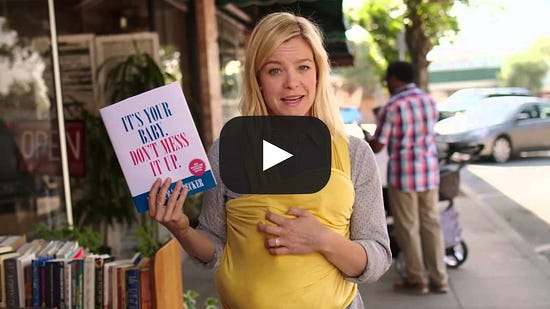 Distribution: PR (ClickZ, Adweek) and mom communities (Scary Mommy, Simply Real Moms) Why it worked: Highlighted a problem that resonated with its target audience.
Toucan: Own The WordToucan teaches people a new language while they’re surfing the internet. The company launched Own The Word, which gave people (or brands) “ownership” of any word for 99 cents a month. Distribution: Customers and investors tweeting their claimed words Why it worked: Owning a sought-after word on the platform became a social flex. MSCHF: Satan ShoesSatan Shoes are a series of custom Nike Air Max 97 sneakers as a collaboration between Lil Nas X and MSCHF, an art collective. Distribution: PR (New York Times, NBC, The Verge, CNN, BBC), and Lil Nas X promoting it Why it worked: A controversy hyped by Lil Nas X and a lawsuit from Nike. Party Round: Helpful VCsParty Round created a pixelated NFT collection for some of the most popular VCs. Distribution: Twitter Why it worked: Influential VCs tweeting about the project to claim their NFT. Bad Unicorn: MindF***MindF*** is a satirical take on meditation apps. 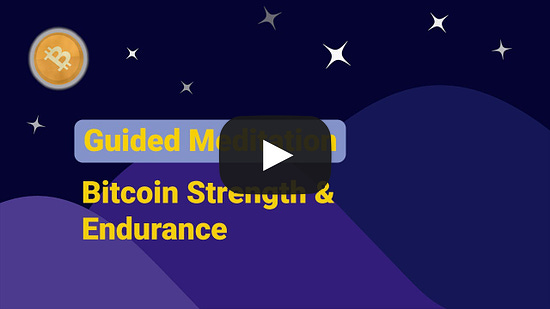 Distribution: Product Hunt Why it worked: Poked fun at a popular product. Stir: Goodbye MixerA tool that allowed streamers to easily export their follower list from Mixer, after Microsoft announced it was shutting the service down. Distribution: Twitter Why it worked: Solved a real problem for streamers using Mixer. Codecademy: Code Year challengePrior to launching its product, Codecademy released a new year’s challenge called Code Year. The challenge received over 400,000 sign-ups in three months. Distribution: Influencers, including Mike Bloomberg, Farhad Manjoo, Boris Johnson, and Fred Wilson Why it worked: Great timing (i.e. new year’s resolutions). Additional examples:
3. Run an enticing limited-time offerRunning a promotion on your existing product, giving people a reason to pay attention and act. Mint Mobile: The Bobby Bonilla PlanEvery year on July 1 (until 2035), retired baseball player Bobby Bonilla receives $1.2 million from the New York Mets. Mint Mobile created a limited one-day deal called the Bobby Bonilla Plan as a way to celebrate the occasion. Distribution: Ads and PR (Forbes, CNET) Why it worked: It’s funny. Coinbase: Dogecoin sweepstakes Distribution: Ads Why it worked: Great timing: the Dogecoin craze 🚀🌜. Cards Against Humanity: $5 for nothingFor Black Friday, Cards Against Humanity asked users to pay $5 in exchange for nothing. Distribution: Existing customers Why it worked: Novel, funny, and unexpected. Cash App: 99% off everything Distribution: Social media post Why it worked: Free money. Additional examples:4. Coordinate an influencer-led promotionPartner with an influencer to promote your product. Honk: Influencer Twitter launchHonk’s coordinated Twitter launch captured a lot of attention in the tech sphere. Over 1 million “honks” were sent the following day.  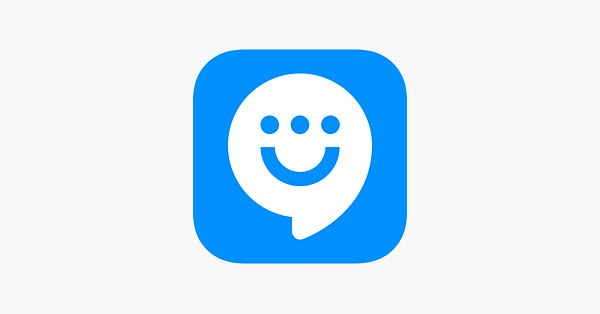 Distribution: Twitter: tech influencers and investors Why it worked: Hype and FOMO. Step: Charli D’AmelioCharli D’Amelio, the #1 followed TikToker, invested and partnered with teen banking app Step. Distribution: PR (Forbes, Business Insider, NBC, Techcrunch) and TikTok Why it worked: A lot of media attention because it was Charli’s first startup investment. Reddit: Paul Graham’s EssayReddit got its first 1,000 users when Paul Graham mentioned the platform on his blog. Distribution: paulgraham.com Why it worked: People in tech trust Paul Graham. Spanx: Oprah’s Favorite ThingsOprah chose Spanx as her favorite product of the year (2000). Distribution: Sending gift baskets to Andre Walker, Oprah’s hairstylist Why it worked: Oprah! Additional examples:
5. Co-marketingCollaborate with another company to promote your products. Toucan x BarkToucan partnered with Bark on April Fools’ Day to create a (fake) “woof” translator. Distribution: Collaboration with Bark, which co-marketed the promotion Why it worked: It’s funny. MainStreet x Stripe Atlas 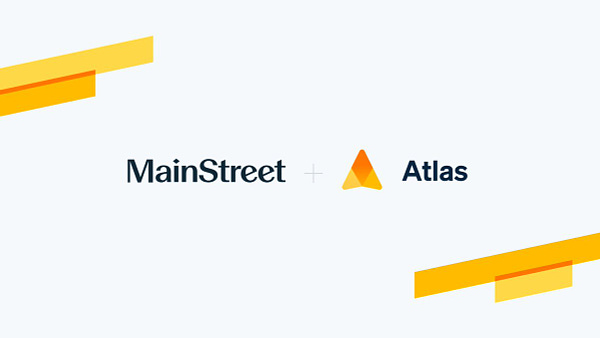 Distribution: Partnership with Stripe Atlas, which both co-marketed Why it worked: A win-win. Atlas provided additional value to its customers through the 25% discount and MainStreet got access to those customers. Eight Sleep x IFTTTEight Sleep launched a co-marketing campaign with IFTTT following its integration with the service.  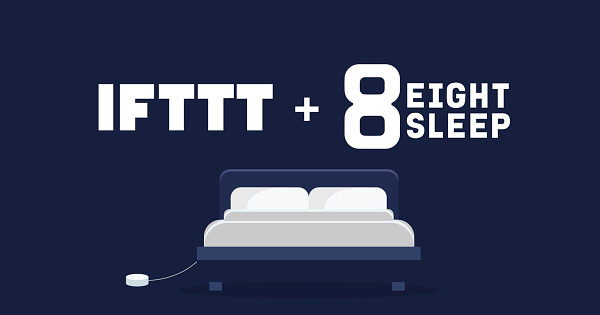 Distribution: Partnership with IFTTT, which both co-marketed Why it worked: Integration unlocked additional use cases for both products to highlight and promote. MicroAcquire x PipeMicroAcquire, a marketplace to sell and buy businesses, partnered with Pipe to help buyers fund acquisitions through future recurring revenues.   Distribution: Partnership with Pipe, which both co-marketed Why it worked: An entertaining Cameo, and giving out swag to share the post. Additional examples:6. Organize an exciting offline experienceOrganize an in-person experience that gets people fired up about your product. Hinge: Launch PartyOver 2,500 people attended Hinge’s (re)launch party. The following day, the company made more matches than it did throughout its entire history.
Distribution: Email list from an ex-roommate who was plugged into the D.C. social scene, and inviting friends of friends Why it worked:
Simulate: Dino Nuggs HuntSimulate, the company behind the plant-based “chicken” nuggets Nuggs, hid boxes of limited-edition dinosaur-shaped nuggets all over L.A. and New York and winners received a year’s supply of the product. Distribution: Billboards and social media Why it worked: A scavenger hunt is fun. Snackpass: Events with local college groupsSnackpass hired 60 brand ambassadors and sponsored university-centric events for every new campus launch. Distribution: Partnering with fraternities, athletic teams, and campus groups Why it worked: The “cool factor” of those groups reflected on Snackpass being cool. Snapchat: Spectacles vending machinesSnapchat dropped off strange vending machines at random locations around the U.S. with a limited number of Spectacles. Distribution: PR (New York Times, Mashable, Business Insider, BuzzFeed) Why it worked: Hype and FOMO. Additional examples:
7. Pick a fightTake a stand against a big company or competitor, which creates controversy and attention. Hey: Fight with Apple Distribution: Twitter (@DHH, 400K+ followers) and PR (The Verge, Protocol, AppleInsider, TechCrunch) Why it worked: Created a controversy that many agreed with. Salesforce: Fight with Siebel SystemsMarc Benioff created a fake protest in front of the Siebel Systems conference (a competitor at the time). Distribution: Local media Why it worked: Local media stations thought it was a real protest. Fanhouse: Fight with Apple Distribution: Twitter Why it worked: Created a controversy, David vs. Goliath style. WePay: Fight with PayPalWePay’s sign-ups increased by 300% when it dropped a block of ice with the message “PayPal freezes your accounts” during the PayPal annual developer conference. Distribution: PR (TechCrunch) Why it worked: The media was interested in PayPal’s account freezing practices. DoNotPay: Fight with Robinhood Distribution: PR (CNBC, Vice, Fortune, New York Times, Yahoo News, etc.) Why it worked: Robinhood suspending/limiting the trading of GameStop and other meme stocks. Additional examples:
In closingI hope one or more of these examples inspires you to come up with a clever way to get the word out about your own product. But remember, although Turbo Boosts can be a powerful tool to stimulate growth, do not fall into the trap of over-relying on them, because:
At the same time, if you look at the history of successful companies, nearly 100% of them invested in Turbo Boosts, and continue to do so. So if you are experimenting with Turbo Boosts, you’re in good company. Good luck 🚀 Thanks, Ali! Ali will soon be graduating from Cornell and will be looking for a PM role. If you’d like to chat with him, reach out on Twitter. Also, don’t forget to subscribe to his newsletter, First 1000. 🔥 Featured job opportunities
How would you rate this week's newsletter? 🤔Legend • Great • Good • OK • Meh If you’re finding this newsletter valuable, consider sharing it with friends, or subscribing if you haven’t already. Sincerely, Lenny 👋 You’re on the free list for Lenny's Newsletter. For the full experience, become a paying subscriber. |
Older messages
The 10 commandments of salary negotiation
Friday, September 24, 2021
Guest post by Niya Dragova, co-founder of Candor
How to use behavioral science to boost your conversion rates
Friday, September 17, 2021
Guest post by Kristen Berman, co-founder of Irrational Labs
Demand driving supply: The little-understood growth loop behind a surprising number of iconic billion-dollar compa…
Tuesday, September 14, 2021
Guest post by Brian Rothenberg, Partner at Defy.vc, former VP of Growth at Eventbrite, and two-time founder
The Best of Lenny’s Newsletter
Tuesday, August 17, 2021
My all-time best posts, past and future
Why now?
Wednesday, July 21, 2021
Why it matters for startups to have a strong "why now"—and also why it doesn't
You Might Also Like
🚀 Ready to scale? Apply now for the TinySeed SaaS Accelerator
Friday, February 14, 2025
What could $120K+ in funding do for your business?
📂 How to find a technical cofounder
Friday, February 14, 2025
If you're a marketer looking to become a founder, this newsletter is for you. Starting a startup alone is hard. Very hard. Even as someone who learned to code, I still believe that the
AI Impact Curves
Friday, February 14, 2025
Tomasz Tunguz Venture Capitalist If you were forwarded this newsletter, and you'd like to receive it in the future, subscribe here. AI Impact Curves What is the impact of AI across different
15 Silicon Valley Startups Raised $302 Million - Week of February 10, 2025
Friday, February 14, 2025
💕 AI's Power Couple 💰 How Stablecoins Could Drive the Dollar 🚚 USPS Halts China Inbound Packages for 12 Hours 💲 No One Knows How to Price AI Tools 💰 Blackrock & G42 on Financing AI
The Rewrite and Hybrid Favoritism 🤫
Friday, February 14, 2025
Dogs, Yay. Humans, Nay͏ ͏ ͏ ͏ ͏ ͏ ͏ ͏ ͏ ͏ ͏ ͏ ͏ ͏ ͏ ͏ ͏ ͏ ͏ ͏ ͏ ͏ ͏ ͏ ͏ ͏ ͏ ͏ ͏ ͏ ͏ ͏ ͏ ͏ ͏ ͏ ͏ ͏ ͏ ͏ ͏ ͏ ͏ ͏ ͏ ͏ ͏ ͏ ͏ ͏ ͏ ͏ ͏ ͏ ͏ ͏ ͏ ͏ ͏ ͏
🦄 AI product creation marketplace
Friday, February 14, 2025
Arcade is an AI-powered platform and marketplace that lets you design and create custom products, like jewelry.
Crazy week
Friday, February 14, 2025
Crazy week. ͏ ͏ ͏ ͏ ͏ ͏ ͏ ͏ ͏ ͏ ͏ ͏ ͏ ͏ ͏ ͏ ͏ ͏ ͏ ͏ ͏ ͏ ͏ ͏ ͏ ͏ ͏ ͏ ͏ ͏ ͏ ͏ ͏ ͏ ͏ ͏ ͏ ͏ ͏ ͏ ͏ ͏ ͏ ͏ ͏ ͏ ͏ ͏ ͏ ͏ ͏ ͏ ͏ ͏ ͏ ͏ ͏ ͏ ͏ ͏ ͏ ͏ ͏ ͏ ͏ ͏ ͏ ͏ ͏ ͏ ͏ ͏ ͏ ͏ ͏ ͏ ͏ ͏ ͏ ͏ ͏ ͏ ͏ ͏ ͏ ͏ ͏ ͏ ͏ ͏ ͏ ͏ ͏ ͏ ͏
join me: 6 trends shaping the AI landscape in 2025
Friday, February 14, 2025
this is tomorrow Hi there, Isabelle here, Senior Editor & Analyst at CB Insights. Tomorrow, I'll be breaking down the biggest shifts in AI – from the M&A surge to the deals fueling the
Six Startups to Watch
Friday, February 14, 2025
AI wrappers, DNA sequencing, fintech super-apps, and more. ͏ ͏ ͏ ͏ ͏ ͏ ͏ ͏ ͏ ͏ ͏ ͏ ͏ ͏ ͏ ͏ ͏ ͏ ͏ ͏ ͏ ͏ ͏ ͏ ͏ ͏ ͏ ͏ ͏ ͏ ͏ ͏ ͏ ͏ ͏ ͏ ͏ ͏ ͏ ͏ ͏ ͏ ͏ ͏ ͏ ͏ ͏ ͏ ͏ ͏ ͏ ͏ ͏ ͏ ͏ ͏ ͏ ͏ ͏ ͏ ͏ ͏ ͏ ͏ ͏ ͏ ͏ ͏ ͏ ͏ ͏
How Will AI-Native Games Work? Well, Now We Know.
Friday, February 14, 2025
A Deep Dive Into Simcluster ͏ ͏ ͏ ͏ ͏ ͏ ͏ ͏ ͏ ͏ ͏ ͏ ͏ ͏ ͏ ͏ ͏ ͏ ͏ ͏ ͏ ͏ ͏ ͏ ͏ ͏ ͏ ͏ ͏ ͏ ͏ ͏ ͏ ͏ ͏ ͏ ͏ ͏ ͏ ͏ ͏ ͏ ͏ ͏ ͏ ͏ ͏ ͏ ͏ ͏ ͏ ͏ ͏ ͏ ͏ ͏ ͏ ͏ ͏ ͏ ͏ ͏ ͏ ͏ ͏ ͏ ͏ ͏ ͏ ͏ ͏ ͏ ͏ ͏ ͏ ͏ ͏ ͏ ͏ ͏ ͏ ͏ ͏ ͏ ͏ ͏ ͏


